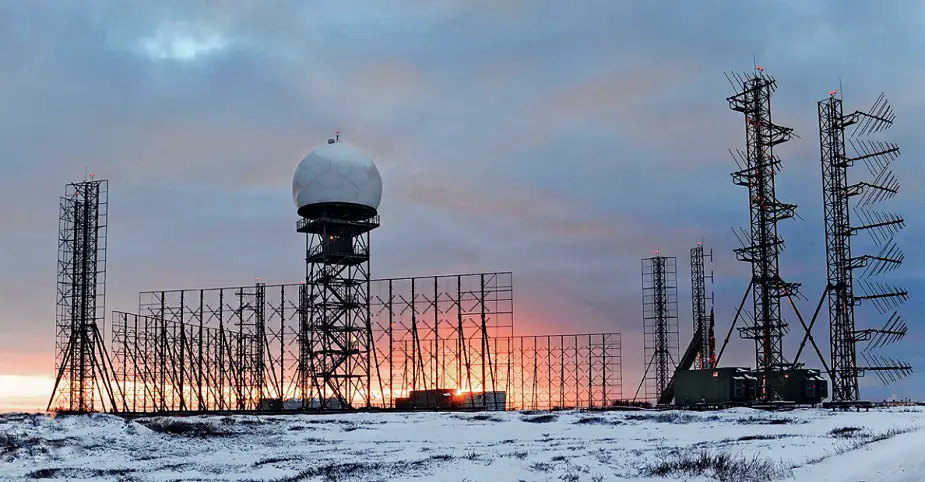Russian Resonans-N radars deployed in Arctic
The third Resonans-N radar will go on combat duty in Novaya Zemlya Archipelago in the Arctic in November. It will detect various ballistic objects, cruise missiles, hypersonic targets and stealth drones in conditions of electronic warfare and natural disturbances, the Army Standard writes.
 The radar is capable of detecting and providing target acquisition on aerodynamic targets at a distance of 600 km and at a range of 1,200 km on ballistic targets, at an altitude of up to 100 km (Picture source: Rosoboronexport)
The radar is capable of detecting and providing target acquisition on aerodynamic targets at a distance of 600 km and at a range of 1,200 km on ballistic targets, at an altitude of up to 100 km (Picture source: Rosoboronexport)
The radar has been switched on and operates in a test regime. It will be soon transferred to electronic troops of the 45th air force and defense army of the Northern fleet. The Russian air defense in the Arctic has to have four Resonans-N radars in the near future. Two are already on combat duty.
The radar has been upgraded for operation in the Extreme North. It will strengthen the air defense in the Arctic through which the adversary can strike at the Urals, Siberia and Central Russia.
Resonans-N detects and provides guidance at aerodynamic targets at a distance of 600 km and at ballistic targets at 1200 km. It detects targets at an altitude of 100 km.
The radar has a modular design which makes it cheaper due to assembly of prefabricated containers with all the hubs on site. As a result, the radar is mobile.
Prefabricated containers are delivered by road, rail, water or air to the assembly site with a foundation. If necessary, the radar can be quickly moved and assembled on another site. It can also increase combat capabilities by additional containers of the same radars.
A phased antenna array expands the capabilities of the radar and it can automatically exchange data with other radars. The station occupies a site of 100 x 100 meters. It controls the airspace in a 360 degree all-round view.
The radar is equipped with friend-or-foe identification and can operate at low and high air temperatures and a wind speed of 50 meters per second. It can simultaneously track over 500 targets and provide early warning about an air attack, as well as information to aircraft and air defense about the air situation during hostilities.
The radar does not have rotating antennas for the all-round field of view. It is provided by electronic airspace control. Thus, power consumption decreases while resource and reliability increase. The radar remains effective in electronic warfare and natural disturbances.
All stealth aircraft are visible in the radar range, as Resonans-N employs resonance location to detect a broad range of targets. The method was tested in various mathematical models in natural conditions and training ranges and fully justified itself.
Resonans-NE export option is supplied to other countries. Egypt acquired Resonans-NE to monitor the movement of all objects in the airspace of Egypt, Israel and Syria. Several sources said Russia would continue Resonans-NE supplies to the Middle East in 2020, the Army Standard said.
© Copyright 2019 TASS. All rights reserved. This material may not be published, broadcast, rewritten or redistributed.


























